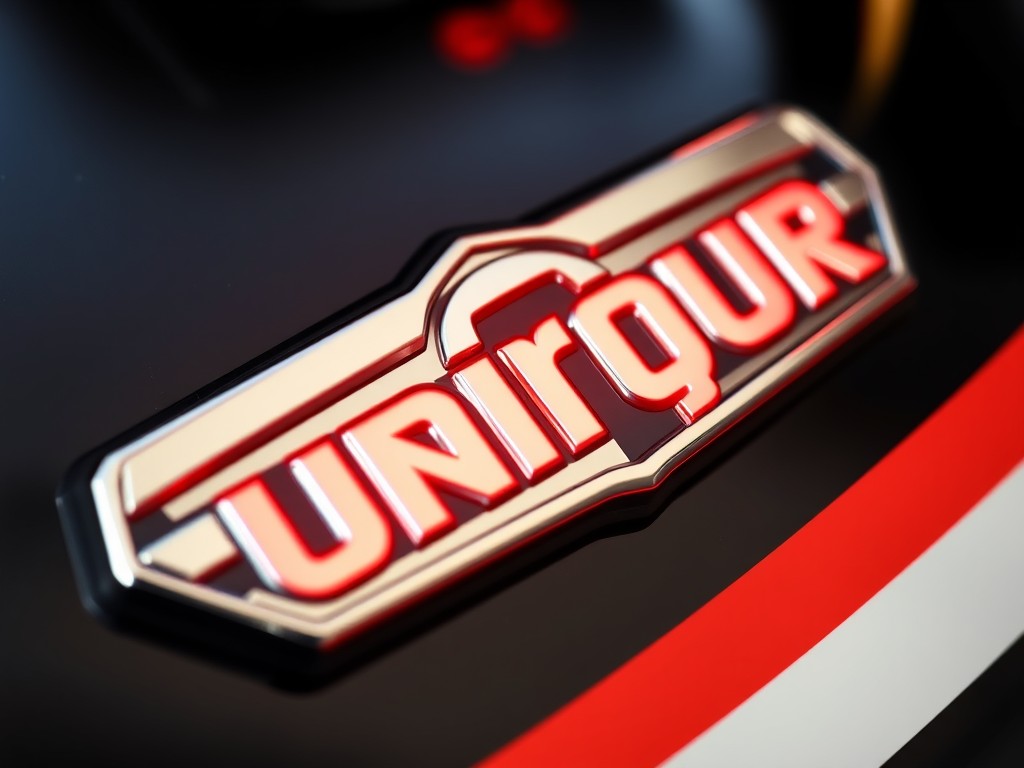Understanding Damage Models in Racing Simulations
In the realm of racing simulations, damage models play a pivotal role in enhancing realism. These models intricately simulate the physical consequences of collisions and mishaps on virtual vehicles, significantly elevating the authenticity of the simulation mechanics. Players seeking a true-to-life experience find that a well-implemented damage model adds depth, pushing the boundaries of their driving strategy and skill.
Historically, damage models began as rudimentary visual cues, such as smoke or disappearing parts. As technology advanced, they evolved into sophisticated systems incorporating deformations, mechanical failures, and even aerodynamics impacts. Such progression mirrors advancements in other aspects of realism in racing, integrating more complex physics and nuanced vehicular responses.
Additional reading : Essential Factors for Crafting Intuitive Interfaces in Virtual Reality Puzzle Games
The importance of damage models cannot be overstated; their authenticity enhances player engagement. As players navigate damage-related challenges, they experience heightened immersion, bridging the gap between real-world dynamics and digital recreation. This engagement reflects the simulation mechanics’ ability to replicate reality, enriching the gaming experience profoundly. Understanding this evolution and its impact deepens appreciation for modern racing simulations and highlights the industry’s commitment to delivering an unparalleled gaming experience.
Key Elements for Crafting Realistic Damage Models
Crafting realistic damage models in racing simulations involves several key elements that enhance simulation accuracy. At the core, the integration of physics engines plays a crucial role in mimicking real-world damage behaviors, creating believable vehicular responses upon impact. A well-constructed damage model strikes a balance between visual effects and the actual gameplay impact, ensuring that the aesthetics do not overshadow the player’s gaming experience.
In parallel : Enhancing Combat Realism in Action Games: The Impact of Real-Time Physics Simulations
-
Essential Components: Elements such as deformation mechanics, impact force reactions, and material-specific damage help build a comprehensive damage model. These components are critical for portraying the nuanced challenges players face, contributing to a more authentic driving simulation.
-
Visual vs Gameplay Impact: While it’s crucial for visual representations to be realistic, excessive visual detail can overwhelm the system’s performance. Designers must ensure that the balance between gameplay impact and visual fidelity remains intact, preventing any negative influence on the player’s immersion.
-
Role of Physics Engines: By simulating real-time physics, engines help predict how a car behaves post-collision. This not only enhances realism but also ensures that the mechanics align with player expectations, supporting consistent and enthralling game design principles.
Technical Considerations in Damage Modeling
When developing complex damage models, several technical aspects must be addressed to maintain the simulation’s performance and realism. Implementing detailed damage systems requires balancing intricate calculations and game responsiveness. High-fidelity models can strain a system’s resources, emphasizing the need for performance optimization.
Techniques for optimization include efficient programming techniques such as minimizing computations in real-time and effective resource management, which ensures the simulation remains smooth and fluid. Real-time damage modeling integration demands innovative solutions to predict and simulate the immediate impact of collisions without excessive lag or system slowdown.
Programming damage systems necessitates expertise in handling large-scale simulations and ensuring calculations align with players’ expectations of damage realism. These systems should harness advanced physics algorithms to portray true-to-life vehicular damage seamlessly, preserving simulation mechanics while enhancing player engagement.
By addressing these technical considerations, developers can create damage models that elevate the realism in racing simulations, providing an immersive and captivating gaming experience without compromising on performance.
Best Practices from Industry Experts
Industry insights reveal that successful damage models rely on several core strategies. Experts emphasize attention to realism in racing and how it intertwines with simulation mechanics. Delving into expert techniques, they highlight the importance of balancing complex damage models with user-friendly gameplay, ensuring that players experience high fidelity without performance dips.
A notable practice involves analysing successful implementations seen in titles like “Project Cars” or “DiRT Rally”. These games excel in showcasing detailed damage effects while maintaining simulation accuracy through advanced physics algorithms. They achieve this by integrating sophisticated collision detection systems that accurately replicate real-world vehicular impacts.
By drawing comparisons between diverse modeling approaches, developers can learn and adapt features that best suit their game’s engine and audience expectations. A comprehensive understanding of how different methods influence gameplay can significantly inform development choices, uplifting player engagement.
Ultimately, integrating feedback loops within game design allows developers to refine and enhance the authenticity of their damage models over time. Prioritizing player immersion through meticulous design reflects the industry’s commitment to crafting compelling racing experiences driven by real-world dynamics.
Challenges in Achieving Authenticity
The pursuit of authenticity in racing simulations poses several challenges, particularly in developing realistic damage models that enhance gameplay balance. A significant difficulty lies in creating systems that realistically emulate real-world vehicular dynamics without compromising the player’s enjoyment. Developers must carefully balance authentic damage behaviors with engaging game mechanics.
Common issues include managing computational demands associated with detailed models, which can potentially diminish performance. High-fidelity damage simulations tend to increase system load, often requiring performance optimization to maintain a seamless experience. Thus, developers are tasked with crafting precise yet efficient solutions that uphold both realism and fluid gameplay.
Moreover, the subjective nature of realism in racing means developers frequently adapt to player expectations. This often involves trial and error, with community feedback playing a pivotal role in shaping improvements. Iterations based on user input can reveal insights into what enhances or detracts from simulation mechanics, guiding future designs.
As technology evolves, developers continue to explore innovative approaches, addressing these authenticity issues while striving to refine the blend between realism and enjoyment in racing simulations. The journey towards perfecting damage models remains an ongoing challenge in the industry.
Case Studies of Successful Damage Models
Delving into case studies of successful damage modeling examples provides valuable insights for developers. Titles like “Burnout Paradise” and “Forza Motorsport” showcase high-fidelity damage models, reflecting the sophistication achievable in modern simulations. These games excel by integrating calculated physics that mimic real-world impacts, enhancing simulation mechanics.
A core takeaway from these case studies is the balance struck between spectacular damage visuals and seamless gameplay. For instance, in “Burnout Paradise”, crashes are visually intense, yet they don’t hinder the performance. This approach exemplifies how embracing realism in racing can coexist with fluid gameplay, setting standards for new titles.
On the other hand, lessons learned from damage system failures, such as overwhelming computational demands, highlight areas for improvement. Incorporating community feedback proves crucial in refining these models. Players often suggest enhancements that direct developers toward more immersive and balanced damage systems.
As the industry progresses, understanding these case studies encourages innovative approaches. Utilizing community insights and examining effective implementations can significantly impact the development of nuanced damage models, ultimately enriching player experiences.











